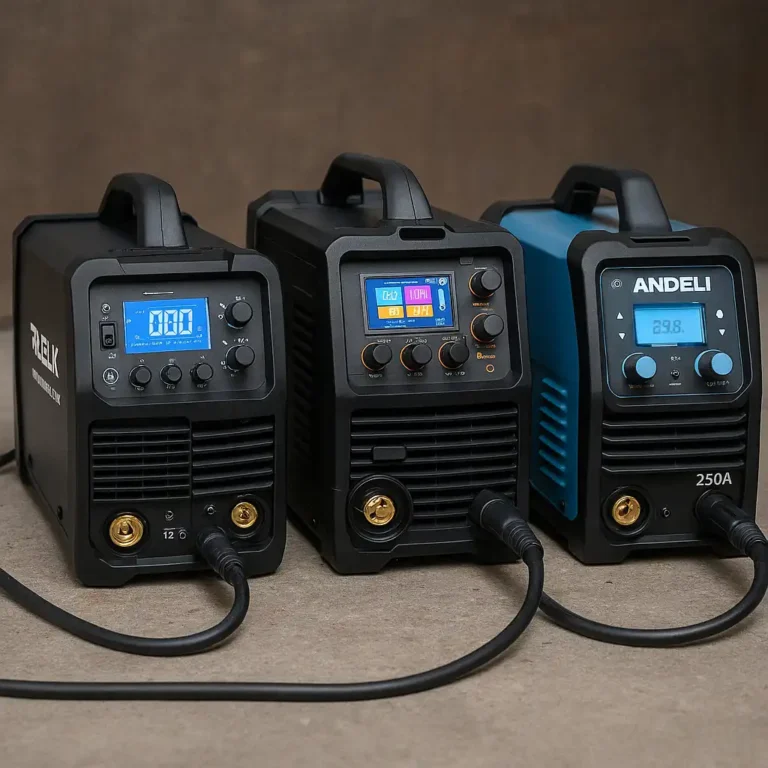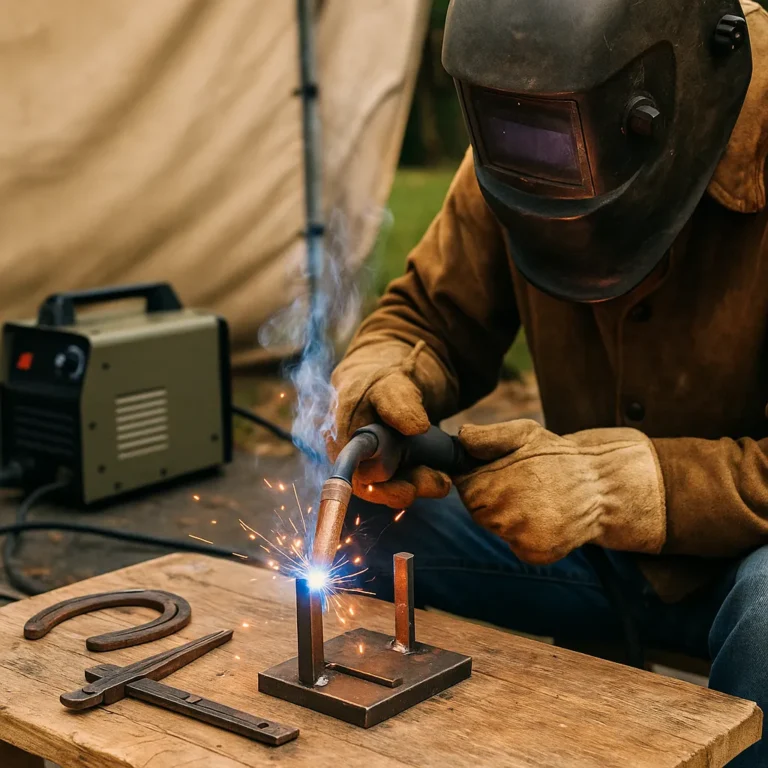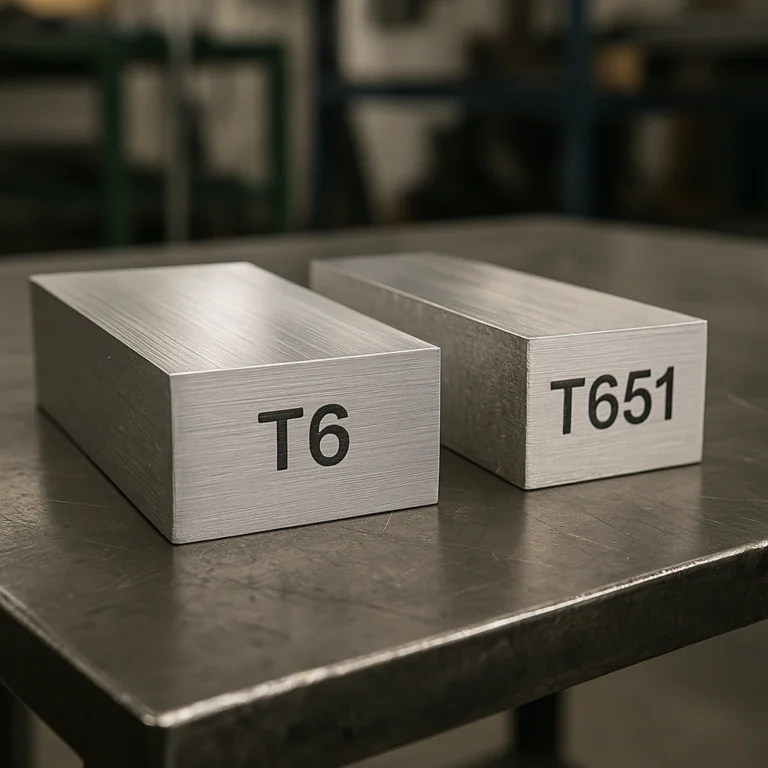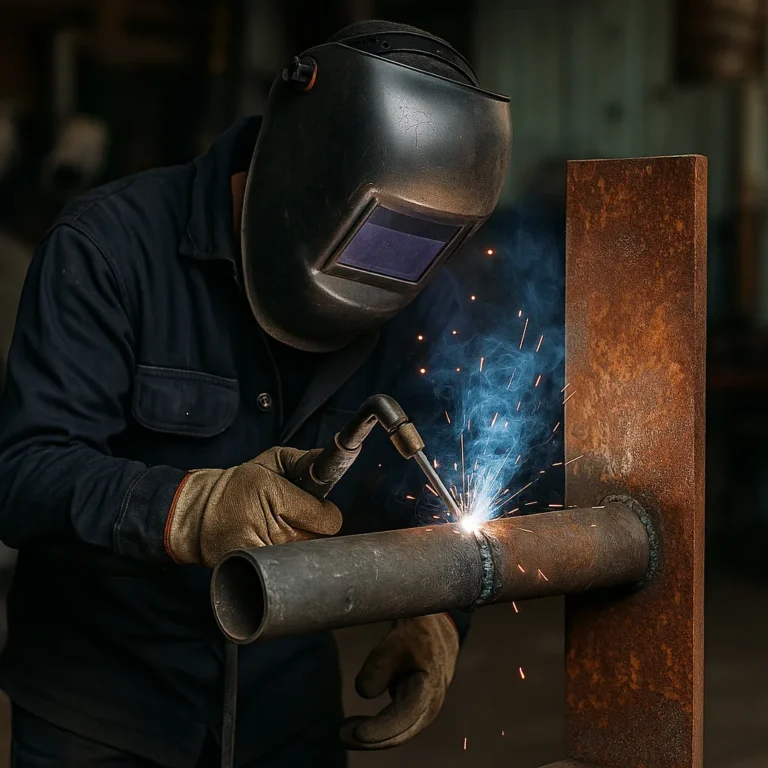What Is a Cold Welding Machine and How Does It Work?

Disclosure: This post contains affiliate links. As an Amazon Associate, I earn from qualifying purchases—at no extra cost to you.
Cold welding may sound like a contradiction, but it’s a real and powerful process that joins metals without heat. While traditional welding relies on high temperatures to melt and fuse metals, cold welding machines operate under a different principle—solid-state bonding. This technique is used in aerospace, electronics, and specialty manufacturing industries where precision and material integrity are critical. If you’re curious about how a cold welding machine works and where it’s used, this guide will break it all down.
Understanding the Cold Welding Process
Cold welding, also known as contact welding, is a solid-state welding technique where two clean, ductile metal surfaces are pressed together under high pressure. Without heat or filler material, the metal atoms from each piece interlock and form a bond. For cold welding to work, surfaces must be free of oxidation and contaminants, which typically requires thorough cleaning or mechanical brushing beforehand.
Because no melting is involved, the welded joint retains the metals’ original properties, with no heat-affected zones or microstructural changes that can lead to weak points.
What Is a Cold Welding Machine?
A cold welding machine is a specialized device designed to apply the precise pressure and control needed to perform cold welding. These machines vary in size and complexity, from handheld units used for wire joining to large industrial presses for sheet metal or tubing. Most machines rely on hydraulic or pneumatic systems to generate the high pressures needed to form the atomic bond.
Cold welding machines are commonly used to join materials like aluminum, copper, gold, silver, and other ductile metals. They’re especially useful in environments where maintaining material purity and conductivity is essential, such as in the production of electric cables, microelectronics, and medical components.
Applications and Industries
Cold welding is most widely used in:
- Electrical and wire joining: Cold welding produces clean, conductive connections for splicing copper or aluminum wires without solder or flux.
- Aerospace and defense: Where weld integrity and zero contamination are critical, cold welding ensures structural reliability.
- Electronics: In the manufacturing of microcircuits and sensor devices, cold welding eliminates heat-related distortion.
- Tube and pipe manufacturing: Cold welding can seamlessly join tubes, especially in cleanroom or pharmaceutical settings.
The process is also valuable in environments where heat could cause safety risks, like in explosive atmospheres or sensitive assembly operations.
Benefits of Using Cold Welding Machines
The primary advantages of cold welding machines include:
- No need for heat or filler material
- Preservation of base metal properties
- No sparks, fumes, or melting
- Ideal for joining dissimilar or thin metals
- Environmentally friendly with low energy use
However, it’s important to note that cold welding only works with clean, oxide-free surfaces and ductile materials. Brittle or heavily oxidized metals are not suitable for this method.
Conclusion
Cold welding machines offer a unique and efficient solution for specific industrial applications where traditional welding falls short. By using pressure instead of heat, cold welding creates clean, strong bonds without altering the base metal. Whether you’re working with delicate wires or precision components, understanding what a cold welding machine is and how it functions can open new doors in fabrication and manufacturing.






